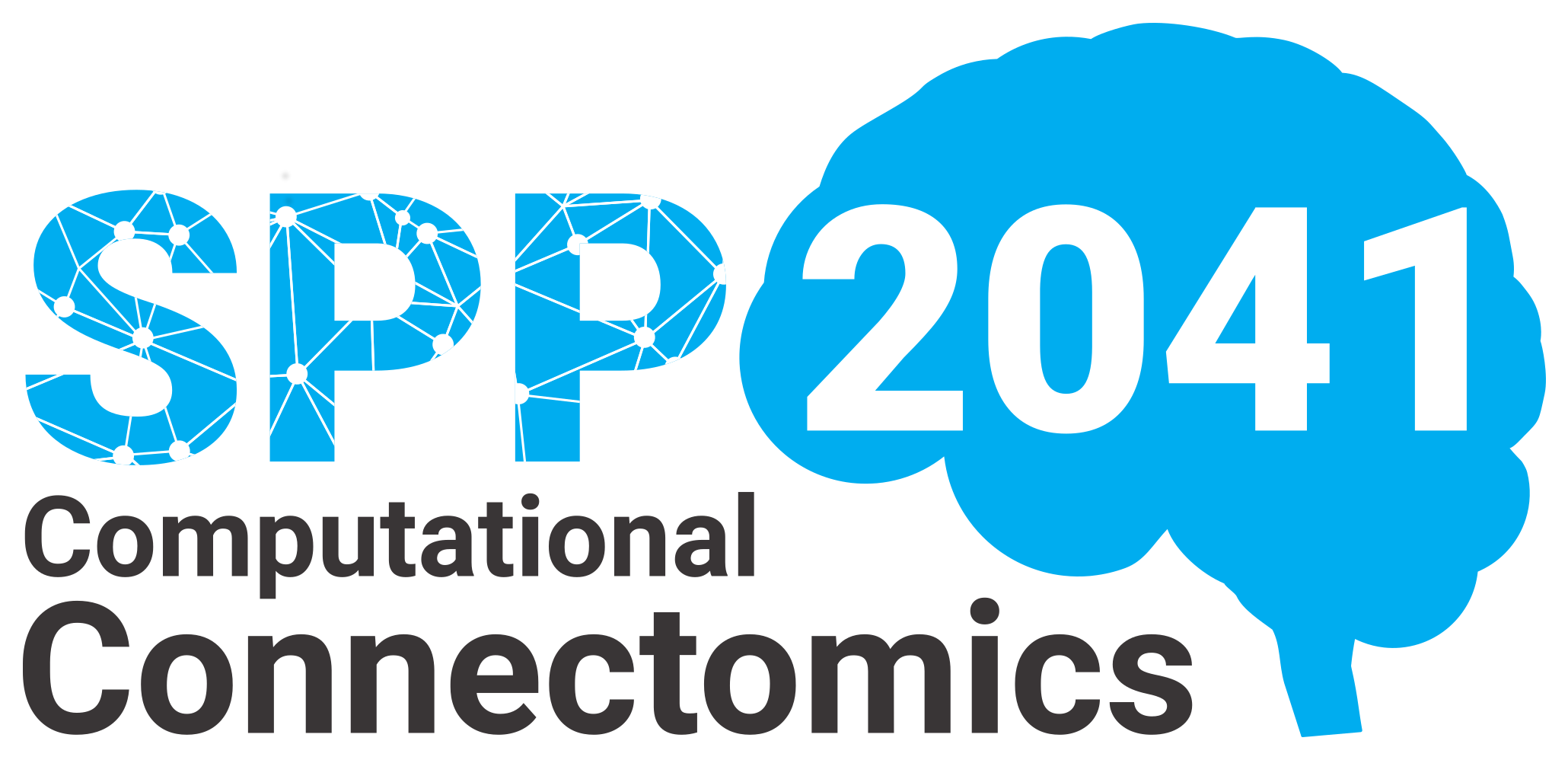Predicting the Impact of Connectomes on Cortical Function using Statistical Inference
How can we learn about principles of cortical circuit organization from the wealth of data generated by modern connectomics approaches? How could these structural principles help us to understand brain function? The goal of this project is to address these two major challenges for the mammalian neocortex. Specifically, we propose the development of a powerful statistical framework that allows discovering and testing which ‘laws’ of synaptic organization could in principle underlie measurements of both network connectivity and function. This framework will enable neuroscientists via web-based tools to (1) formulate mathematically hypotheses of synapse formation strategies, (2) discover the impact of such ‘wiring rules’ on network architecture, (3) reveal the rules’ relevance for function by constraining simulations with rule-predicted connectivity patterns, and (4) test simulation predictions against empirical connectivity and activity measurements. To achieve this goal, we will combine complementary expertise in data science (Baum), Bayesian statistics and machine-learning (Macke) with in vivo measurements of neuroanatomy and neurophysiology (Oberlaender). Our collaboration thereby seeks to identify which structural and/or functional parameters are (or are not) predictive for synapse formation, quantify how well a wiring rule is constrained by empirical data, reveal which additional data would be most useful in constraining it, and perform quantitative model comparison for determining which of a set of rules is most consistent with all of the available empirical data. We will apply and validate our approaches by comparing the in silico predictions against novel in vivo-based connectivity and activity measurements for the major output cell type of the neocortex – pyramidal tract neurons in layer 5. Our preliminary data provides first evidence that our envisioned approaches have the potential to be revealing of the local rules that underlie the global organization of neocortical circuits. The proposed project will thus provide the foundation to explore fundamental relationships between structural properties of neuronal networks, their underlying principles/rules of synaptic organization and cortical functions. This insight will ultimately allow investigating developmental mechanisms leading to these relationships, and the structural origin and/or correlates of cortical malfunctions during diseased and pathological conditions. In line with the goals of the SPP Computational Connectomics, we want to develop general powerful computational methods to discover, compare and statistically test different synapse organization theories against empirical observations.
Visit at GEPRIS
Visit at GEPRIS
Principal Investigators
Dr. Daniel Baum
Konrad-Zuse-Zentrum für Informationstechnik Berlin (ZIB)
Mathematische Methoden für Lebens- u Materialwissenschaft
Department Visual and Data-centric Computing
Professor Dr. Jakob Macke
Eberhard Karls Universität Tübingen
Fachbereich Informatik
Professur für Maschinelles Lernen
Dr. Marcel Oberlaender
Forschungszentrum caesar
